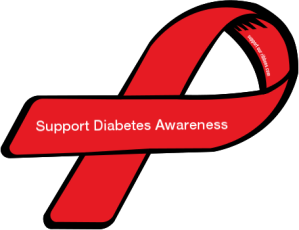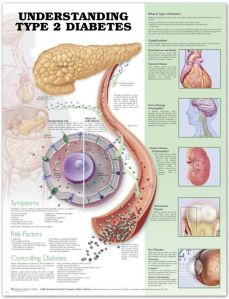Certified Health Education Specialist – Practice questions/answers from November 8th
Please see the post from November 8th – Certified Health Education Specialist (CHES) – Preparing for a CHES exam – Questions from a practice exam. The questions and answers are from: The Health Education Specialist: A Companion Guide for Professional Excellence 6th Edition purchased from National Commission for Health Education Credentialing, Inc. (NCHEC).
***
Question 1:
The three key domains of evidence-based health policy include:
a. process, content, outcomes.
b. process, impact, outcome.
c. formative, summative, impact.
d. impact, surveillance, outputs.
Area of Responsibility VII. (Page 173) Competency 7.4.2. Communicate and advocate for health and health education/Engage in health education advocacy/Develop an advocacy plan in compliance with local, state, and/or federal policies and procedures.
Brownson, Chriqui and Stamatakis (2009) describe three areas of policy development:
- policy process investigates options to increase adoption;
- policy content uses data to investigate effective elements;
- policy outcomes evaluate the impact of policy.
Question 2:
Smoking bans are an example of which of the following strategies:
a. Health-related community service
b. Health-related educational
c. Health policy and reinforcement
d. Health communication
Area of Responsibility II. (Page 53) Competency 2.3.3 Plan Health Education/Select or design strategies and interventions/Select a variety of strategies and interventions to achieve stated objectives. Mandate actions through laws, regulations, policies, or rules. Such actions are justified on the basis of “the common good”; that is, they are actions implemented to protect the public’s health (McKenzie et al., 2009)
Question 3:
The highest level of classification in Bloom’s taxonomy is:
a. Analysis
b. Synthesis
c. Application
d. Evaluation
Area of Responsibility VI. (Page 147). Competency 6.2.6 Serve as a Health Education Resource Person/Provide training/Use learning theory to develop or adapt training programs. Table 6.4 – Taxonomy and Skills Demonstrated. Lowest to Highest – Knowledge, Comprehension, Application, Analysis, Synthesis, Evaluation.
***
Hope you did well! 🙂




